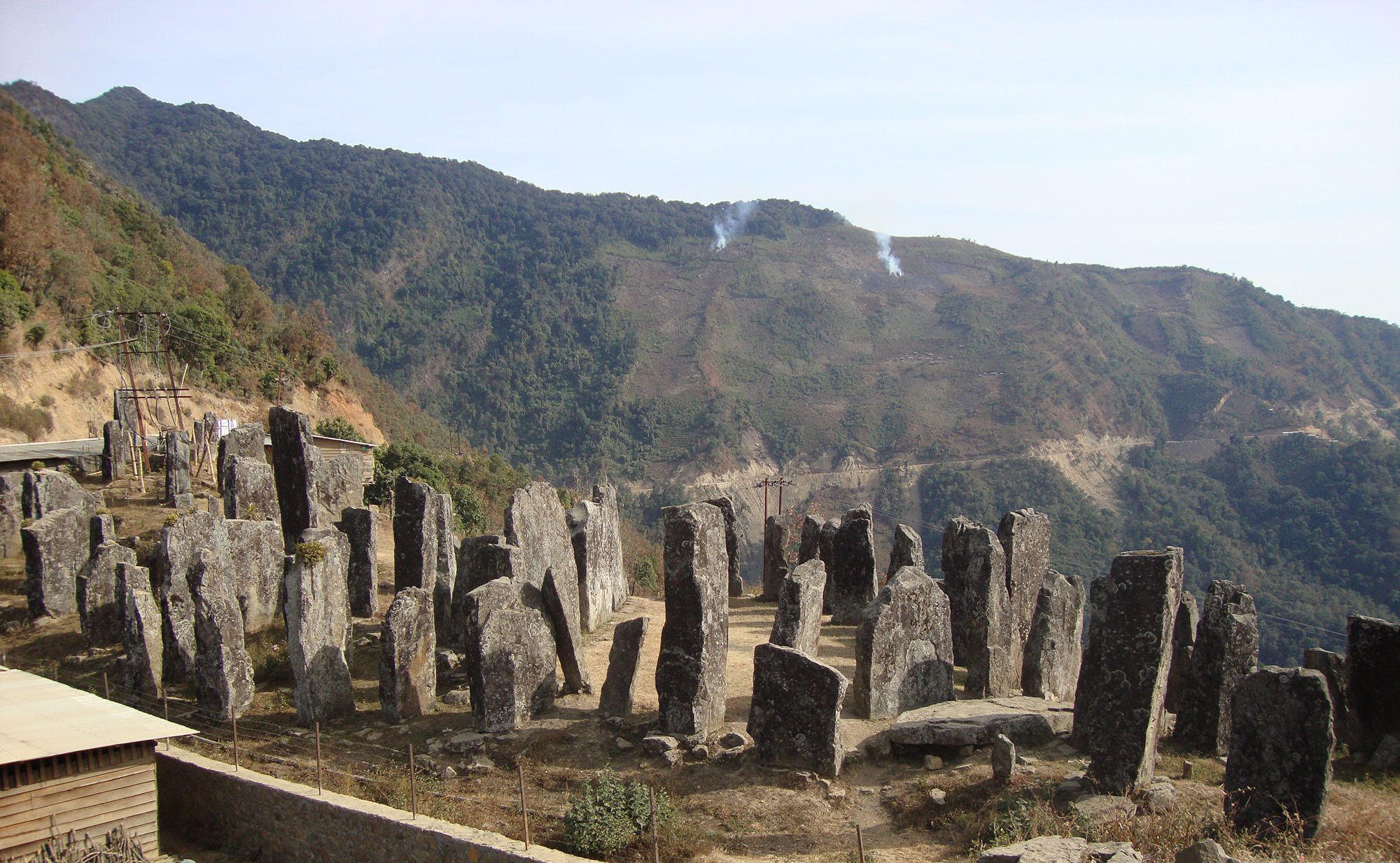Maram Naga People on:
[Wikipedia]
[Google]
[Amazon]
The Maram people, also known as the Maram Naga, are a Tibeto-Burmese Naga
 Marams are mainly found in the Senapti district of Manipur. According to the 1992 figures, the Maram Khullen was the largest village of Marams, followed by Willong.
Marams are mainly found in the Senapti district of Manipur. According to the 1992 figures, the Maram Khullen was the largest village of Marams, followed by Willong.
ethnic group
An ethnicity or ethnic group is a group of people with shared attributes, which they collectively believe to have, and long-term endogamy. Ethnicities share attributes like language, culture, common sets of ancestry, traditions, society, re ...
inhabiting the large portion of Senapati district
Senapati district (Meitei language, Meitei pronunciation:/se.na.pə.ti/), is one of the 16 districts of Manipur, districts of the Indian state of Manipur. The present Senapati district was formed in December 2016, after spawning off the Sadar Hil ...
in the Northeast India
Northeast India, officially the North Eastern Region (NER), is the easternmost region of India representing both a geographic and political Administrative divisions of India, administrative division of the country. It comprises eight States and ...
n state of Manipur
Manipur () is a state in northeastern India with Imphal as its capital. It borders the Indian states of Assam to the west, Mizoram to the south, and Nagaland to the north and shares the international border with Myanmar, specifically t ...
.
They use Meitei language
Meitei (; ) also known as Manipuri ), is a Tibeto-Burman language of northeast India. It is the official language and the lingua franca of Manipur and an additional official language in four districts of Assam. It is one of the scheduled ...
as their second language
A second language (L2) is a language spoken in addition to one's first language (L1). A second language may be a neighbouring language, another language of the speaker's home country, or a foreign language.
A speaker's dominant language, which ...
(L2) according to the Ethnologue
''Ethnologue: Languages of the World'' is an annual reference publication in print and online that provides statistics and other information on the living languages of the world. It is the world's most comprehensive catalogue of languages. It w ...
.
Demographics
 Marams are mainly found in the Senapti district of Manipur. According to the 1992 figures, the Maram Khullen was the largest village of Marams, followed by Willong.
Marams are mainly found in the Senapti district of Manipur. According to the 1992 figures, the Maram Khullen was the largest village of Marams, followed by Willong.
Culture
The Marams are known for wet-rice cultivation on terraces of the hill slopes and the very small alluvial plain of the flat landform created by the deposition of sediment near river areas because of this labor-intensive cultivation, land is the most important form of property among them. This allows them to cultivate the same plot year after year however, to a small extent, onslash-and-burn
Slash-and-burn agriculture is a form of shifting cultivation that involves the cutting and burning of plants in a forest or woodland to create a Field (agriculture), field called a swidden. The method begins by cutting down the trees and woody p ...
cultivation is still done in small pockets mainly by the Marams settled in the southern region.
References
Bibliography
* {{Authority control Naga people Scheduled Tribes of Manipur Ethnic groups in Northeast India Ethnic groups in South Asia Ethnic groups in Manipur Ethnic groups in India Scheduled Tribes of India